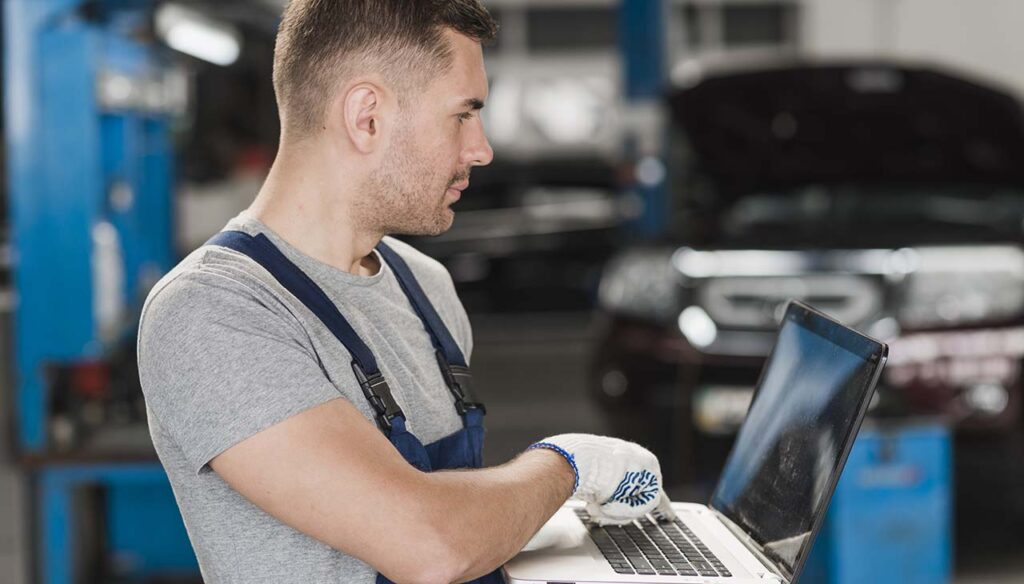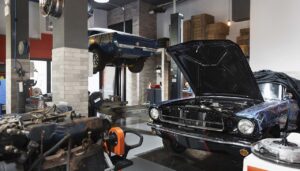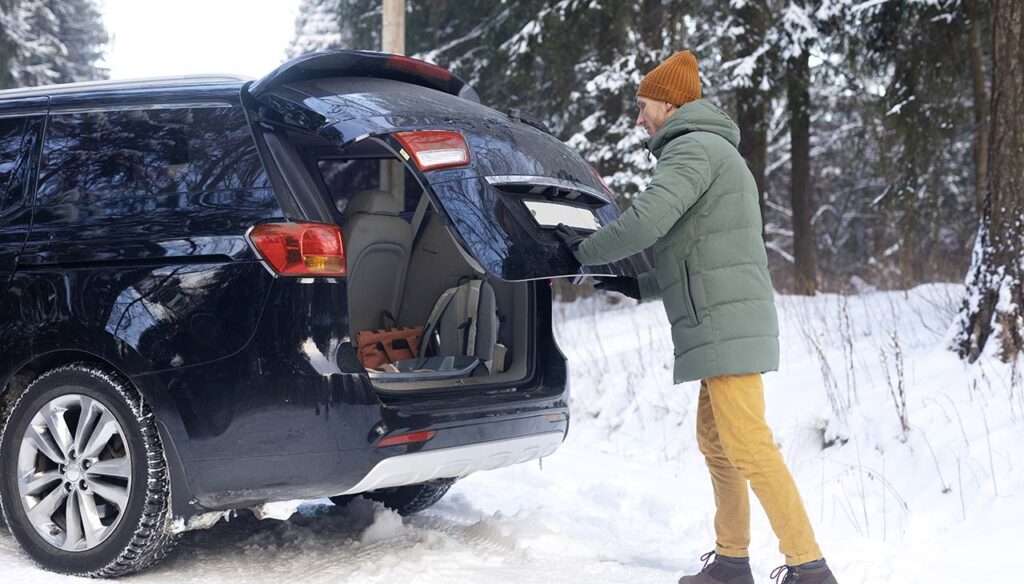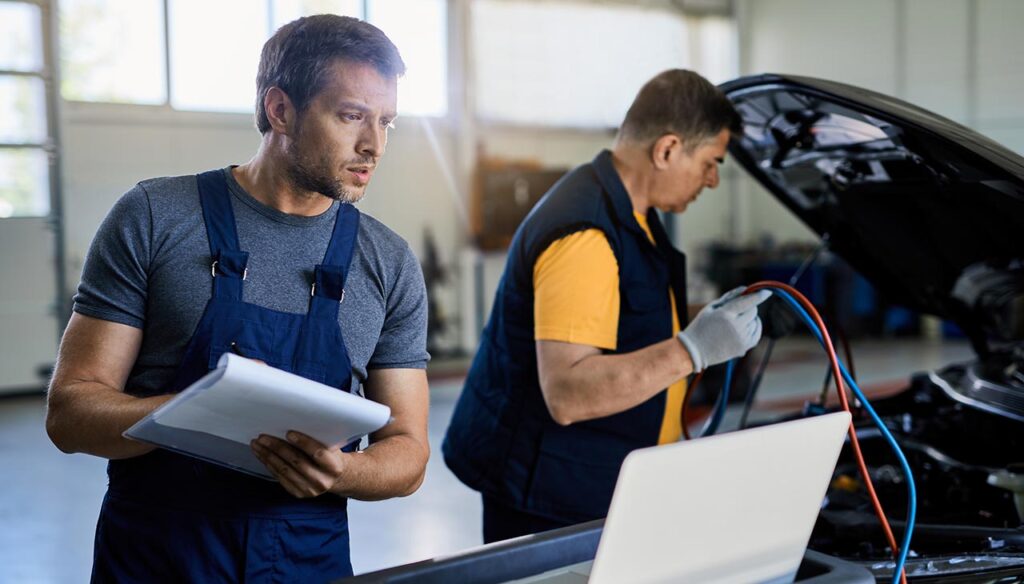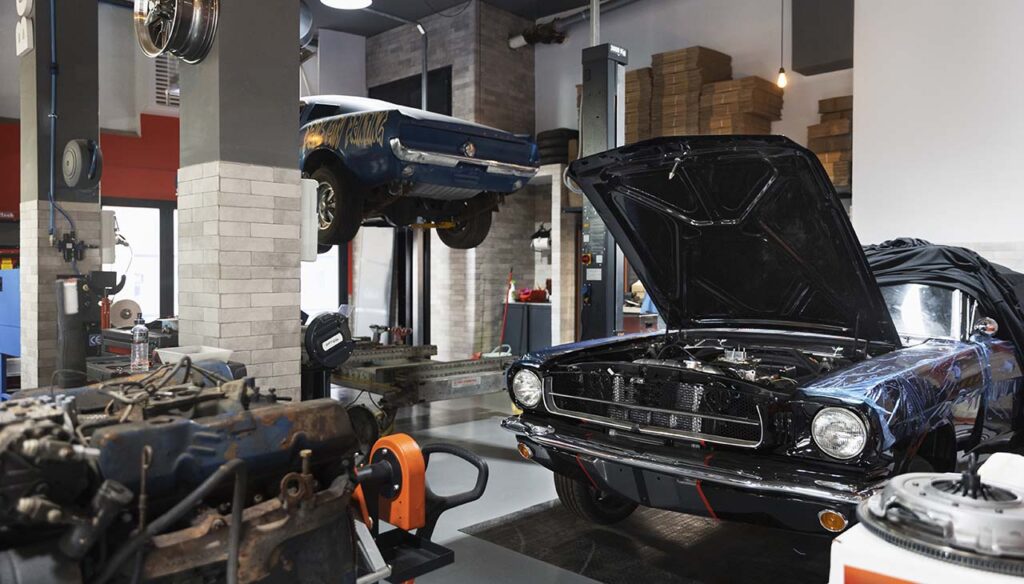Owning a vehicle is a significant responsibility that goes beyond just driving it from point A to point B. Regular maintenance is crucial to ensure the longevity, safety, and efficiency of your vehicle. This checklist is designed to guide you through the essential tasks that should be part of your vehicle’s routine care. From simple checks that you can do at home to professional services that require a mechanic’s expertise, this guide will help you keep your vehicle in top-notch condition, ensuring it serves you well for many miles to come.
Oil and Filter Changes
One of the most fundamental maintenance tasks for any vehicle is changing the engine oil and replacing the oil filter. It’s recommended to change the oil every 5,000 to 7,500 miles, but always refer to your vehicle’s manufacturer’s guidelines for the specific intervals applicable to your model. Regular oil changes ensure that your engine runs smoothly, remains clean, and operates efficiently by reducing wear and tear. Not forgetting, each oil change should be accompanied by a replacement of the oil filter to maintain oil quality and engine health.
Tire Inspection and Rotation
Tire health is essential for safe driving, thus checking tire pressure should be done monthly and before any long trips. Proper inflation ensures optimal vehicle performance and fuel efficiency. In addition to pressure checks, rotating your tires every 6,000 to 8,000 miles helps promote even wear and extends the life of your tires. This routine care prevents uneven tread patterns, which can affect handling and increase the risk of tire failure.
Brake System Check
The braking system is a critical safety feature of any vehicle, and regular inspections are necessary to maintain its proper functioning. Inspect brake pads and rotors for wear every 10,000 to 20,000 miles to prevent any potential failure. It’s also important to check the brake fluid levels periodically and top up if necessary. Low brake fluid can affect braking efficiency and may indicate a leak in the brake system. Always ensure that these checks and replacements are done to keep the braking system reliable and responsive.
Fluid Checks
Maintaining optimal fluid levels in your vehicle is essential for its smooth operation. Regularly inspect and top up fluids such as coolant, transmission fluid, and windshield washer fluid to ensure they are at the recommended levels. These fluids play a crucial role in the vehicle’s performance and safety; for instance, coolant helps regulate engine temperature, while transmission fluid lubricates and cools the transmission system. Additionally, be vigilant for any signs of leaks under the vehicle, as this could indicate a potential issue needing immediate attention. Keeping these fluids at their proper levels will help prevent mechanical breakdowns and extend the life of your vehicle.
Battery Maintenance
Battery maintenance is a key aspect of vehicle upkeep. Clean battery terminals regularly to prevent corrosion—a common issue that can lead to poor connections and starting problems. Along with cleaning, it’s vital to check the battery’s charge level periodically and ensure it’s securely mounted to avoid vibrations that can damage the battery. Most batteries have a lifespan of 3 to 5 years; therefore, consider replacing your battery within this timeframe to prevent being stranded with a dead battery. Regular attention to the battery’s condition will ensure your vehicle starts reliably and maintains its electrical system’s integrity.
Air Filter Replacement
Replacing the air filter every 12,000 to 15,000 miles is essential for optimal engine performance. A clean air filter ensures that your engine receives the right amount of air for combustion, maintaining its efficiency and power. Over time, air filters can become clogged with dust, leaves, and debris, which can restrict airflow and reduce engine performance. Regular replacement of the air filter can also improve fuel economy, reduce emissions, and help extend the life of your engine. Always consult your vehicle’s manual for the specific recommendations for your model, and consider more frequent replacements if you frequently drive in dusty or polluted conditions.
Inspect Belts and Hoses
Belts and hoses in your vehicle are critical for maintaining the engine’s cooling, charging, and air conditioning systems. It’s important to inspect these components regularly for any signs of wear, cracking, blistering, softening, or other damage. A broken belt or ruptured hose can lead to engine overheating, loss of power steering, and failure of the electrical charging system. Typically, it’s recommended to check these parts every 15,000 to 20,000 miles. However, replacing worn belts and hoses promptly, even before these intervals, can help prevent unexpected breakdowns and extensive engine damage. Always refer to your vehicle’s manual for specific guidance on inspection and replacement schedules to ensure your vehicle remains in optimal operating condition.
Lighting and Wipers
Ensuring your vehicle’s lights are fully functional is not only a safety requirement but also a legal necessity. Test all lights, including headlights, taillights, brake lights, and turn signals, regularly to confirm they’re operational. This simple check can be performed monthly and is crucial for your safety, as well as the safety of other road users. In addition to lighting, windshield wipers play a vital role in maintaining visibility during adverse weather conditions. It’s recommended to replace windshield wipers every 6 to 12 months or at the first sign of streaking or failure to clear water effectively. Keeping these components in good working order enhances your visibility and communication with other drivers, contributing to overall road safety.

